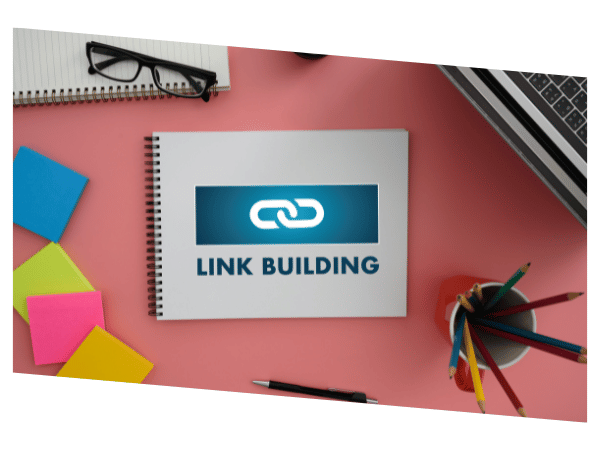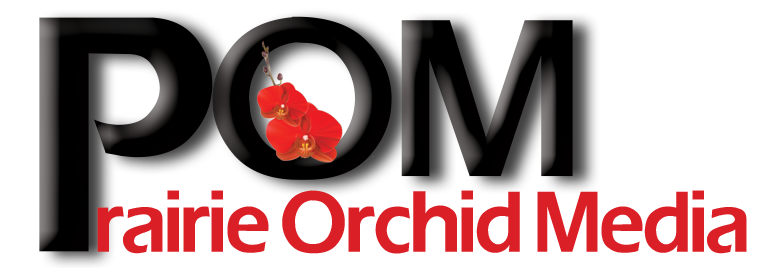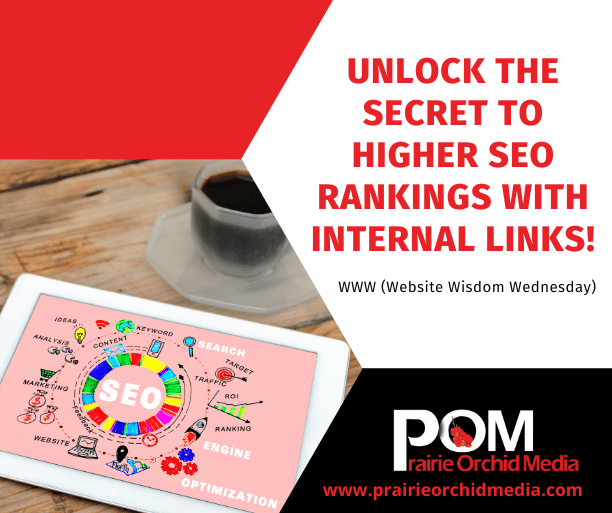Are you looking to boost your website's SEO ranking and drive more organic traffic? Look no further than the power of internal links. With Google constantly updating its algorithms, it's crucial for website developers to stay on top of the latest SEO strategies. And one strategy that continues to prove effective is the strategic use of internal links. By strategically linking pages within your own website, you can improve search engine visibility, enhance user experience, and ultimately increase your chances of ranking higher in Google searches. In this article, we'll dive deep into how internal links can work wonders for your SEO efforts and why they should be an integral part of your website development strategy.
What is an Internal Link?
Some of you may know what a link is and others may not. For those who are wondering what the heck I’m talking about…
A link (short form for hyperlink) is a website item that allows you to jump to a new location when you click or tap it. You can find links on almost every web page you go to; a great example of a link is the navigation menu items you use on a website. But links don’t just need to be attached to only text, they can also be added to images or other HTML elements.
There are several types of internal links. There are links on your homepage, in your menu (navigation bar), within a post feed, and many more. But you can also add links within your content.
Now that we’ve gotten that out of the way, how can this help out your SEO rankings?
How Internal Links Can Improve Your Ranking
Did you know that internal links act as secret passageways within your website? They play a crucial role in guiding both users and search engines to important pages. By strategically placing these links throughout your site, you can not only enhance the overall user experience but also give a significant boost to your SEO ranking. When search engines crawl and index a website, they heavily rely on these internal links to navigate from one page to another. This process effectively transfers link equity or authority between pages. It helps search engines understand the structure of your website while determining the relevance and importance of each individual page. So, by ensuring that important pages have a sufficient number of internal links pointing towards them, you are greatly increasing their chances of securing higher positions in search results.
 Internal linking is a crucial tool that enables you to create meaningful connections between various pages. By carefully selecting anchor text for your internal links, you can offer users and search engines valuable insights into the content of each linked page. Instead of using generic phrases like click here or learn more, opt for descriptive anchor texts that accurately represent the linked page's subject matter. This approach not only enhances user experience by simplifying navigation on your site but also assists search engine algorithms in comprehending the thematic associations among different pages on your website.
Internal linking is a crucial tool that enables you to create meaningful connections between various pages. By carefully selecting anchor text for your internal links, you can offer users and search engines valuable insights into the content of each linked page. Instead of using generic phrases like click here or learn more, opt for descriptive anchor texts that accurately represent the linked page's subject matter. This approach not only enhances user experience by simplifying navigation on your site but also assists search engine algorithms in comprehending the thematic associations among different pages on your website.
When we add internal links to our website, it helps redirect your visitors to other pages on your website. By doing this, we are getting users to spend more time on our website, which then helps improve our SEO. Dwell time, average time on page, and bounce rate are all important factors that affect your small business SEO.
In another post (How Easy is Your Site to Navigate?) we talked about making your site easy to navigate to avoid making potential customers frustrated. Internal links help make your website structure more organized and easier for your users to navigate. They also make it easier for search engine crawlers to understand your content and establish links between it (which again helps with your SEO ranking).
Another significant benefit of incorporating internal links into your SEO strategy is that they can help distribute link equity across your website's pages.
How to Use Internal Links Effectively - Tips for Utilizing Them in Your Content
Internal linking is a crucial aspect of any effective SEO strategy. When used correctly, internal links can help improve your website's visibility and user experience while also boosting your SEO ranking. One tip for utilizing internal links effectively is to make sure they are contextually relevant. It's important to link to related or relevant content within your website as this helps Google understand the structure and hierarchy of your site.
Another important tip is to vary anchor text when creating internal links. Instead of using generic terms like click here or learn more, use descriptive phrases or keywords that accurately describe the content being linked. This not only adds value for users but also provides search engines with additional context on what the linked page is about.
 Additionally, consider incorporating strategic calls-to-action (CTAs) within your internal links. By guiding users towards desired actions, such as signing up for a newsletter or making a purchase, you can enhance conversions and increase engagement on your site. CTAs can be particularly effective when placed strategically within well-written and informative blog posts, providing users with valuable information while enticing them to take further action.
Additionally, consider incorporating strategic calls-to-action (CTAs) within your internal links. By guiding users towards desired actions, such as signing up for a newsletter or making a purchase, you can enhance conversions and increase engagement on your site. CTAs can be particularly effective when placed strategically within well-written and informative blog posts, providing users with valuable information while enticing them to take further action.
Remember, internal linking should be done in moderation and should always provide value to the reader. Don't overwhelm your content with excessive internal links; instead, focus on linking to high-quality and relevant pages that will genuinely enrich the user experience. Ultimately, by implementing these tips for utilizing internal links effectively, you can improve your website's SEO ranking and provide a better navigation experience for readers all at once.
Best Practices for Internal Linking - Dos and Don'ts to Follow
When it comes to optimizing your website for search engine rankings, internal linking is a powerful tool that should not be overlooked. However, there are certain dos and don'ts when it comes to implementing internal links effectively.
One important rule of thumb is to ensure that your anchor text accurately describes the content on the linked page. Using vague or generic anchor text like click here can confuse both search engines and users about the relevance of the link. Instead, opt for descriptive keywords that clearly indicate what users can expect when they click on the link.
Another best practice is to prioritize linking from high-authority pages to lower-ranking ones. This can help boost visibility for those pages and increase their chances of being crawled by search engines. Additionally, avoid over-optimizing with excessive internal links as this may come across as spammy and could harm your SEO efforts.
By following these best practices for internal linking, you'll not only improve your website's user experience but also enhance its chances of ranking higher in search engine results pages.
The power of internal Links for SEO
Internal links play a crucial role in boosting SEO rankings. By strategically linking relevant pages within your website, you create a web of interconnected content that search engines can easily crawl and understand. This not only helps search engines discover and index more of your pages but also signals the importance and authority of your content.
One powerful benefit of internal links is their ability to distribute page authority throughout your website. When you link from a high-authority page to another page on your site, you are essentially passing some of that authority onto the linked page. This can help boost the overall visibility and ranking potential of lesser-known or newly published pages.
 Additionally, internal links foster a seamless user experience by guiding visitors from one piece of informative content to another. By providing relevant suggestions or further reading options through well-placed internal links, you engage users for longer periods on your site, reducing bounce rates and increasing the likelihood of conversions or return visits. Ultimately, harnessing the power of internal links is an essential strategy for any SEO-focused website owner looking to improve their online visibility and drive targeted organic traffic to their site.
Additionally, internal links foster a seamless user experience by guiding visitors from one piece of informative content to another. By providing relevant suggestions or further reading options through well-placed internal links, you engage users for longer periods on your site, reducing bounce rates and increasing the likelihood of conversions or return visits. Ultimately, harnessing the power of internal links is an essential strategy for any SEO-focused website owner looking to improve their online visibility and drive targeted organic traffic to their site.
Not only do internal links improve user experience and increase engagement, but they also play a crucial role in search engine optimization (SEO). When search engines crawl your website, they follow these internal links to discover and index new pages. This helps search engines understand the structure of your site and how different pages are connected.
By strategically placing internal links throughout your content, you can guide search engines towards important or high-priority pages on your site.
If you take care of your own website editing, internal linking is something you control. With the right internal links, you’ll guide your visitors and Google to your most important pages. But if you need help with setting up internal links on your site, or any other website help – let’s chat. We would love to hear from you
Thanks for being part of the Prairie Orchid Media community, and we look forward to helping you reach your website goals this year. We are thrilled to provide an extensive array of web development and design services in Saskatoon and surrounding areas, empowering businesses to amplify their online presence.



